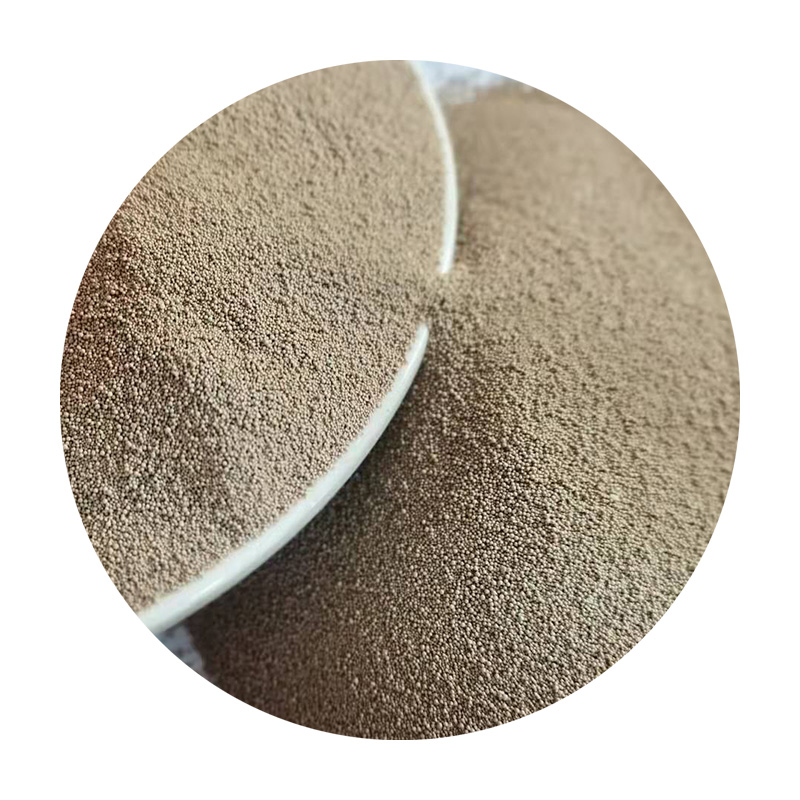The History of Sand Casting An Ancient Technique in Modern Manufacturing
Sand casting, one of the oldest known methods of metal casting, has played a crucial role in the development of various industries over thousands of years. Its rich history reflects the evolution of technology and material science, while its enduring relevance highlights the adaptability of this technique in modern manufacturing.
Early Beginnings
The origins of sand casting can be traced back to ancient civilizations. Archaeological findings suggest that sand casting was practiced as early as 3000 BC in Egypt and Mesopotamia. Artisans molded metal objects by hand, using sand to form the molds. The ancient Egyptians used sand casting to create intricate jewelry and tools, demonstrating both the functionality and artistic potential of this technique. Similarly, the Chinese civilization harnessed sand casting for bronze metallurgy around the same period, which laid the foundation for sophisticated weaponry and ceremonial artifacts.
Roman Innovations
The Romans significantly advanced sand casting technology during their empire. They utilized the method to produce large-scale items, including weapons, sculptures, and architectural components. The introduction of cores allowed for the creation of hollow objects, enhancing the versatility of sand casting. Roman innovations in mold-making techniques further improved the accuracy and detail of cast metal objects, paving the way for more complex designs and structures.
The Middle Ages to the Renaissance
During the Middle Ages, sand casting maintained its importance, particularly in Europe. Blacksmiths and craftsmen continued to refine their techniques, producing not just functional items but also artistic pieces. The Renaissance saw a revival of interest in the arts and sciences, which spurred new innovations in metal casting. Artisans began experimenting with different types of sands and binders to enhance the quality of the molds. By this period, sand casting had evolved into a more systematic process, with greater emphasis on precision and detail.
sand casting history

Industrial Revolution
The Industrial Revolution in the 18th and 19th centuries marked a transformative period for sand casting. With the advent of machine tools and mass production techniques, the casting industry experienced significant changes. Factories began using standardized molds and processes to increase output and reduce costs. The introduction of molten metal pouring systems and improved sand mixtures allowed for greater control over the casting process. It was during this time that sand casting became a backbone of the iron and steel industries, crucial for producing machinery, engines, and numerous other components.
Modern Applications
Today, sand casting remains a vital manufacturing process, valued for its versatility, cost-effectiveness, and ability to produce complex shapes. The technique has evolved further with advancements in technology, such as the incorporation of computer-aided design (CAD) and 3D printing. These innovations have led to improvements in mold-making precision and reduced turnaround times for prototypes.
Modern industries such as automotive, aerospace, and art continuously rely on sand casting due to its ability to produce high-quality metal parts. Automakers, for instance, utilize sand casting to create engine blocks and transmission cases, where precise specifications and durability are paramount. Similarly, artists and sculptors appreciate sand casting for its ability to capture fine details and textures in metal sculptures.
Conclusion
The history of sand casting is a testament to human ingenuity and craftsmanship. From its ancient beginnings to its modern applications, this age-old technique has adapted to the ever-changing demands of society. As industries continue to evolve and new technologies emerge, sand casting is likely to play a significant role in the future of manufacturing, bridging the gap between tradition and innovation. Whether in the production of simple tools or complex aerospace components, sand casting remains an essential part of our industrial heritage and future.
Post time:ታኅሣ . 16, 2024 07:36
Next:Furan Resin Utilization in Sand Casting Processes and Techniques for Enhanced Performance
